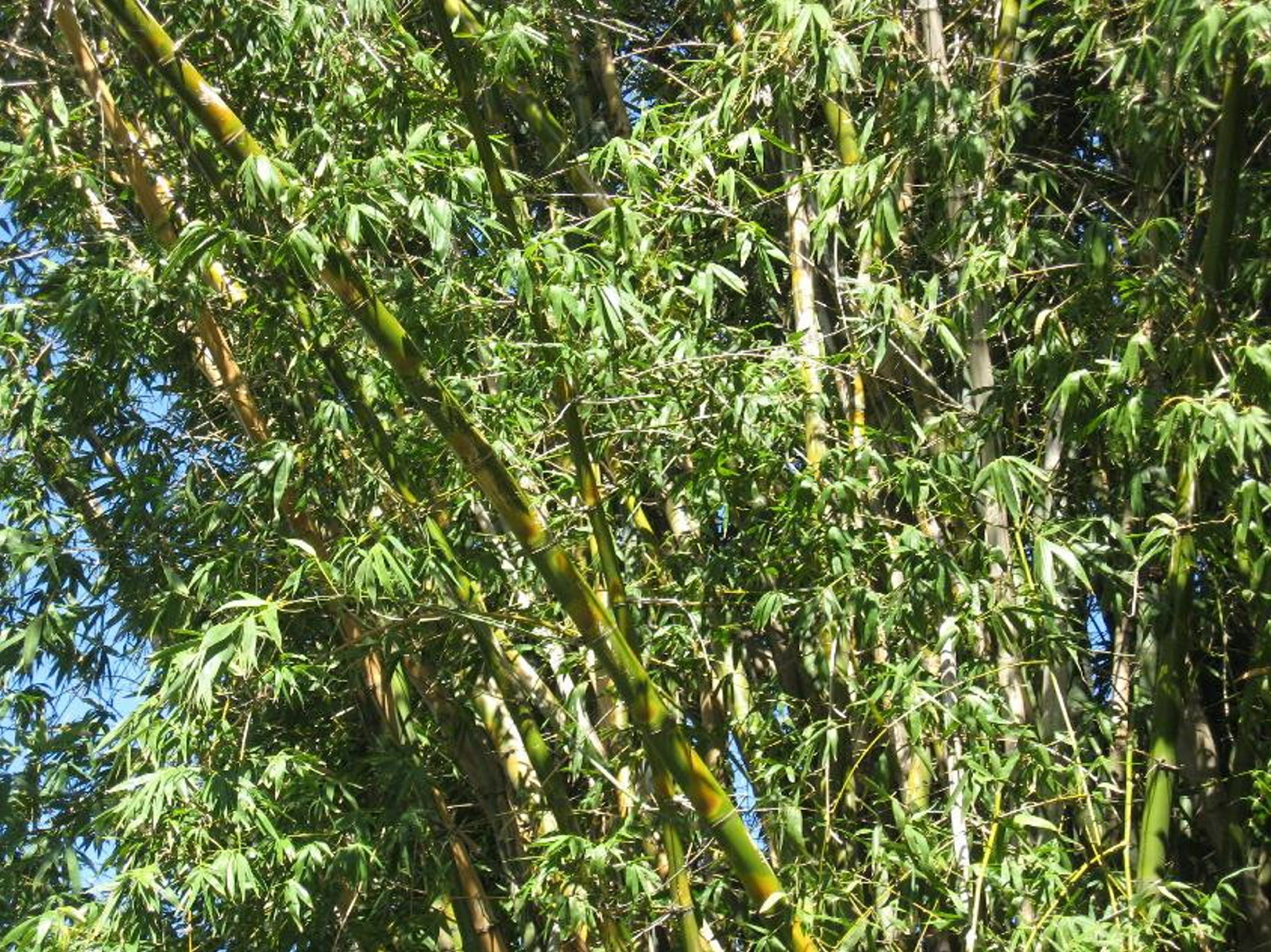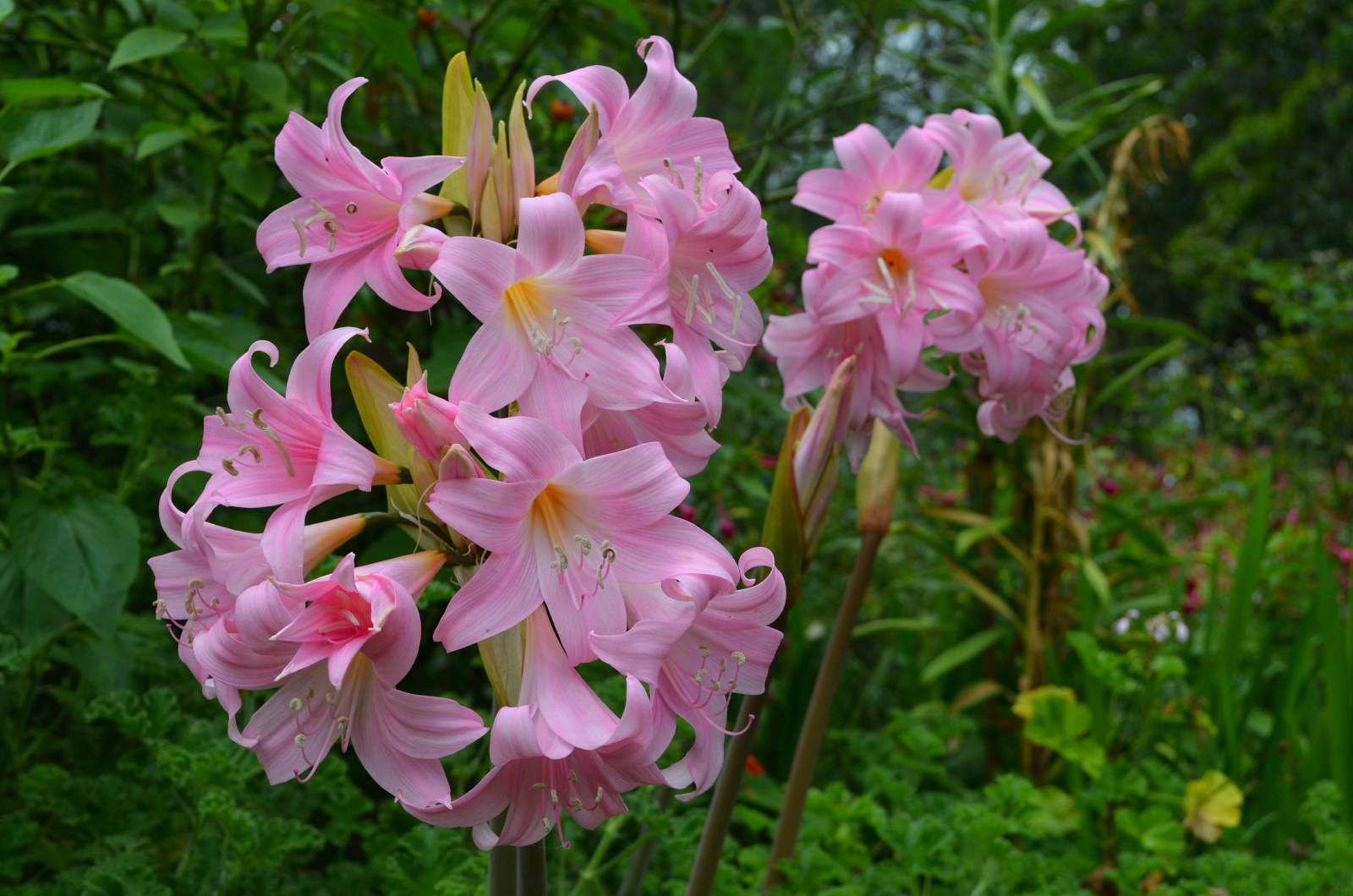Conservation in Action: Vaucluse House bush care
Earlier this week I was at Vaucluse House with the Gardens Team, overseeing and helping out with the important work they have been doing on the ecological restoration and recovery of the Olola Avenue boundary bushland. This thin sliver of urban bushland with remnant native plant species, provides an important visual barrier between suburbia and the Vaucluse House estate, but is also compromised by high-nutrient runoff, invasive weeds and rubbish dumping.
Today was our third session in the past few months and you can already see a big improvement in the visual appearance and presentation of the boundary. Over time, as we open up the lower canopy and expose more of the sandstone ledges and cliff faces, the bushland will return to the more ‘Sublime’ visual appearance and composition it had in colonial times. Right now, it features a textbook selection of herbaceous and woody weeds widely found in Sydney bushland, including some surprise interlopers from other parts of Australia, but over the next 12 months I hope we will wrestle it back under control.
Old photographs show the backdrop to Vaucluse House as a much drier and exposed site covered with a type of low open woodland vegetation, once widespread on the sandstone ridges around the southern shores of Sydney Harbour, but now only surviving in small pockets. The best remaining example in good condition is nearby at Nielsen Park. The exposed sandstone outcrops and cliffs supported mainly Swamp Mahogany (Eucalyptus robusta), Forest Red Gum (Eucalyptus tereticornis), and Coastal Honeysuckle (Banksia integrifolia), with smaller understorey trees like Cheese Tree (Glochidion fernandii), False Rosewood (Synoum glandulosum) and Water Gum (Tristanopsis laurina). Sandstone loving shrubs such as Weeping Sally (Acacia floribunda) and Spider Grevillea (Grevillea sericea) would grow in bright light on the woodland verges and openings. Along the boggy verges of the creek channel would have been sedges and ferns, but the Rough Tree Fern (Cyathea cooperi) now present in large numbers is an introduced pest species.
Where there are high soil nutrient loads and water some native species become dominant and eventually block the growth of other desirable native species, so a challenge is how to control these ‘seral interlopers’ – such as Sweet Pittosporum (Pittosporum undulatum), Native Quince (Alectryon tomentosus), and Golden Wreath Wattle (Acacia saligna).
Unfortunately this little strip of bushland will never be ecologically viable on its own without continuous management to limit the growth of invasive species and encourage the regeneration of the locally endemic ones.
Published on
Related

Plant your history
Beautiful bountiful bamboo
One of the most recognisable plants growing at Museums of History NSW today is bamboo. This colourful plant has a long history in colonial gardens

In the pink at Elizabeth Farm
Amid the late summer bounty in the garden at Elizabeth Farm, the crepe myrtle is the undoubted star of the show

Plant your history
Sumptuous cape bulbs light up late summer gardens
Belladonna Lilies and Crinum Lilies are tough bulbs that never say die and can survive years of neglect
